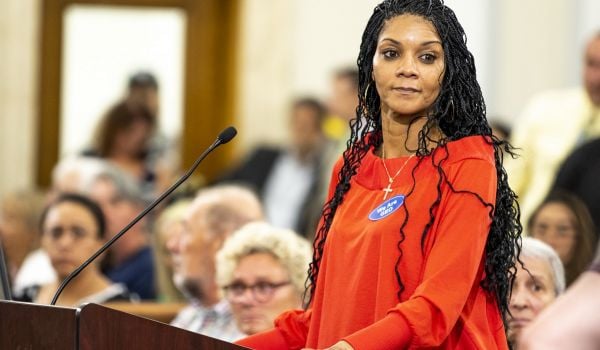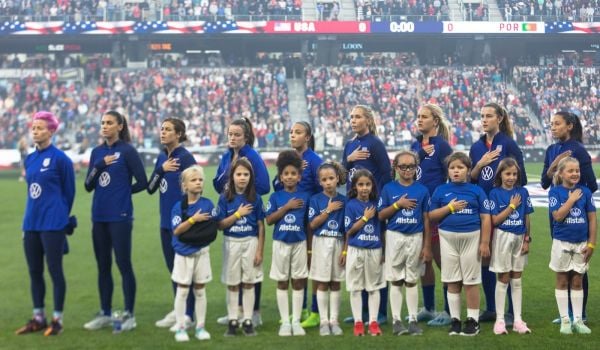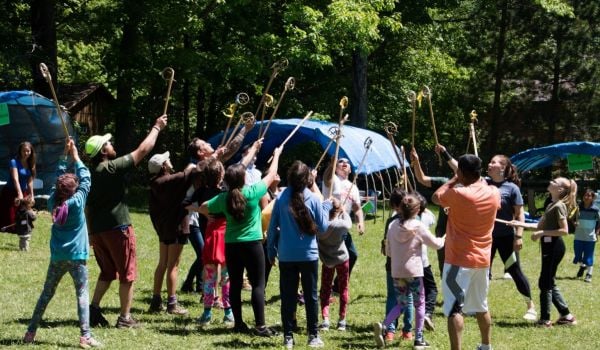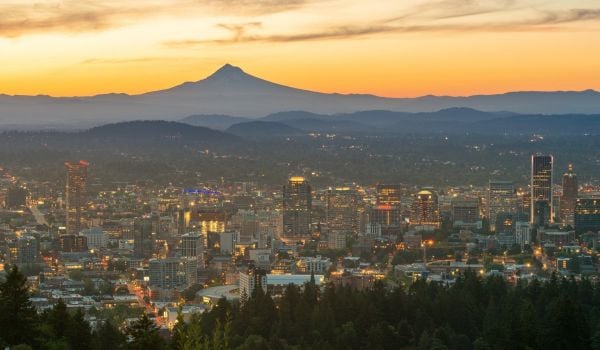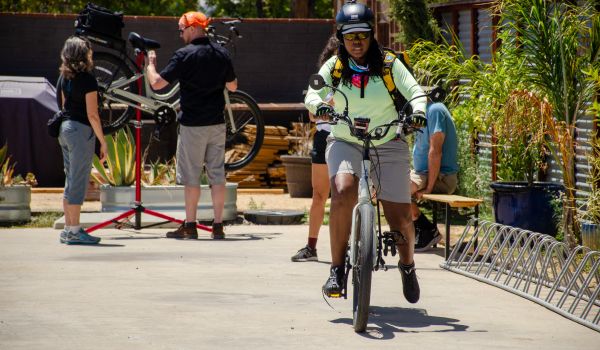Today marks the championship game for many fantasy football leagues, including mine. If you’re not familiar with fantasy football, it works like this: Before the beginning of the NFL season, leagues comprised of ten or twelve teams — one team per manager, such as myself — hold a draft. Each manager picks players in key positions, just as the NFL itself holds a draft of college players each year. In my league, we draft key positions including quarterback, running back, wide receiver, tight end, kicker, and defensive positions. The teams (mine is called the Tucson Turbos) then play a slate of sixteen games, and each week the manager chooses the actual NFL player on the team’s roster that he or she thinks will do the best, to get the highest score. You play against another team, and whoever gets the most points each week wins. Though this year I made it to the championship game — and if Denver Broncos receiver Brandon Marshall has a big game this evening I may even win — success comes from a combination of strategy, advice, and no small amount of luck.
Fantasy sports are big fun, and big money, and have expanded well beyond the NFL. But the arena that most interests me now is, so far, removed from the fantasy field. Pardon the puns. What I mean is this: What if fantasy football guidelines could be applied to our urban environments; to cities and towns and metro areas?

Regionalized architecture and indigenous landscaping at Civano in southeast Tucson. Photo courtesy Community of Civano.
As with fantasy football drafts, we’d have a fantasy urban league draft. Positions might be urban indicators, such as those defined by the United Nations Urban Indicators’ Guidelines, like “durable structures” and “land-to-income ratio.” Or they might be more specific, like the fourteen principles of sustainable development I documented when conducting graduate school research on suburban downtown redevelopment, principles like “public spaces,” “‘green’ construction,” and “a high-density, mixed-use core.” Players ranked highly by sources like ESPN and Yahoo! Sports — but in this case The Next American City and Dwell — would excel, or at least excelled last season, in these areas.
So for the position of “transit orientation,” most coveted players could be San Diego’s trolley system and Washington, D.C.‘s Metro. For “pedestrian orientation” we might find that Boston is the #1 pick.
Still, the highest drafted players don’t always meet expectations. This year I drafted New Orleans Saints quarterback Drew Brees early on, but he started out poorly so it’s a good thing I could play the Detroit Lions’ Jon Kitna off the bench for those first few games. In our urban fantasy league, New Orleans may have been drafted high for “public spaces,” but would have taken a hit-arguably from no fault of its own-by Hurricane Katrina and the slow progress of rebuilding. In its place, I then would have started, not Detroit sorry, but up-and-coming Denver, with its new and exciting series of parks and mixed-use neighborhoods along downtown’s South Platte River.

Denver’s Confluence Park, at the nexus of Cherry Creek and the South Platte River. Photo courtesy City and County of Denver.
Regarding my own city of Tucson, I’d play the “multicultural” position regularly, but neither “transit orientation” nor “high-density, mixed-use core,” though both are critical to any sustainable metropolitan area. In pockets — against certain other teams, that is — I’d play “regionalized architecture, site design, and landscaping” and “water and wastewater reduction and reuse,” too.
Over the course of the games we’d see the standouts like this season’s New England Patriots quarterback Tom Brady-those cities that are most vibrant, diverse, and self-sufficient. Cities like, according to SustainLane’s U.S. city sustainability rankings, Portland, San Francisco, and Seattle. Tucson’s #20 on SustainLane’s list, with “city innovation,” “natural disaster risk,” and “knowledge base” its most highly ranked positions.

Portland, Oregon is SustainLane’s #1 ranked U.S. city for sustainability. Photo courtesy HelloPortland.com.
By the end of the season, the true winners aren’t the team managers, but the cities themselves. And just as fantasy football changes the way people watch football games, so fantasy urban league would change the way people think about cities. And thinking about cities more critically, whether via urban indicators or sustainability principles, can only be a good thing — and that’s no fantasy.

